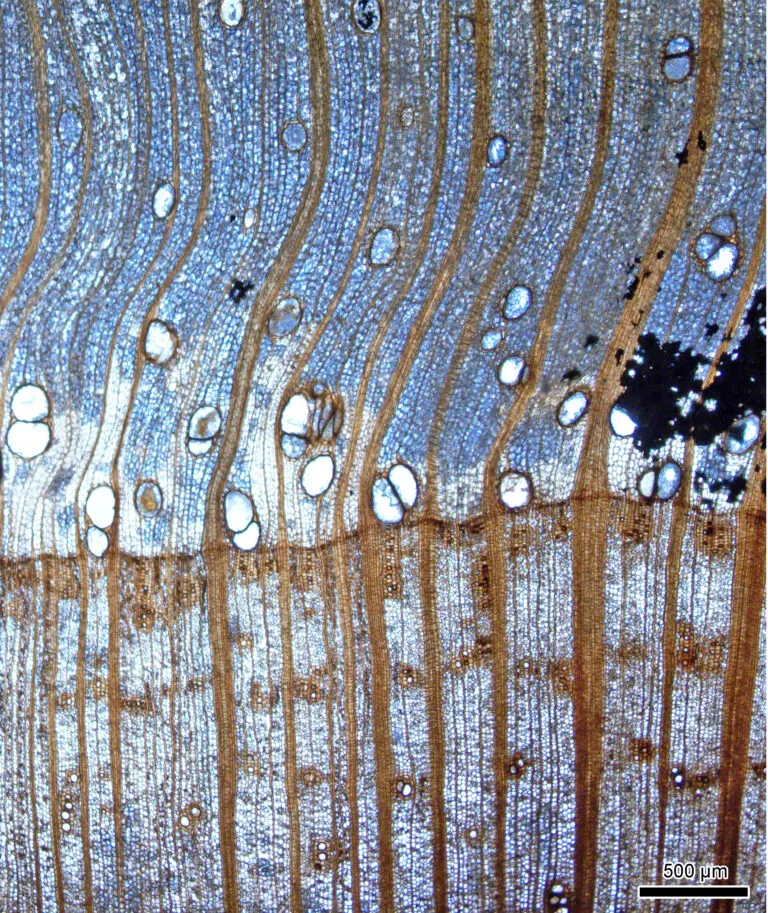Giant handaxe recovered from fluvial deposits in the Medway Valley, Kent, UK

The Maritime Academy handaxe
The problem with being a devotee of a counter-factual superstition like creationism in order to feel important enough, is that reality keeps trying to intrude and make you wonder if you could be wrong and less important than you feel you should be. So, it's a characteristic of a creationist that they have to have a whole repertoire of mental gymnastics to continue to fool themselves into thinking practically every discovery by science isn't a problem, because, somehow, it isn't real.
One of these tactics is to tell yourself that you must be right because lots of others agree with you, regardless of the fact that even more people disagree with you, so you have to keep recruiting new members of your cult. In the childish belief that facts become truer the more people believe them, you have to plumb ever greater depths of dishonesty to fool gullible people into joining your cult by seeking out scientifically illiterate fools with a child-like thinking ability to misrepresents science to.
A fundamental counter-factual creationist belief is that a magic supernatural deity created everything out of nothing with you in mind, in just 6 days about 6,000 years ago, and all living species were created in one day without ancestors. And of course, it holds you in such high regard as the pinnacle of its creative ability that it did it all for you!
So, one of the problems you need strategies for dismissing is the evidence that Earth is several billion years old, there were tool-making hominins living on it several hundred thousand years ago every species, including modern humans, had ancestors. If you ever concede those facts, your entire counter-factual world disintegrates and leaves you not feeling important enough and feeling stupid for having been fooled into believing it in the first place.
So, to prick the pomposity of creationists again, here is solid evidence that hominins were creating stone tools in what is now Kent, in the UK, 300,000 years ago - some 294,000 years before Earth was supposedly created.
Since anatomically modern humans had not migrated out of Africa at that time and Neanderthals and Denisovans had not yet evolved in Eurasia, the descendants of an earlier migration, such as Homo heidelbergensis, H. antecessor or even H. erectus, must have made these tools.
These tools, some of the largest ever found in Europe, were discovered during a survey by archaeologists from University College London (UCL) of a site at Frindsbury, Kent on which it is planned to develop the Maritime Academy School.
A UCL press release explains the finding:
























